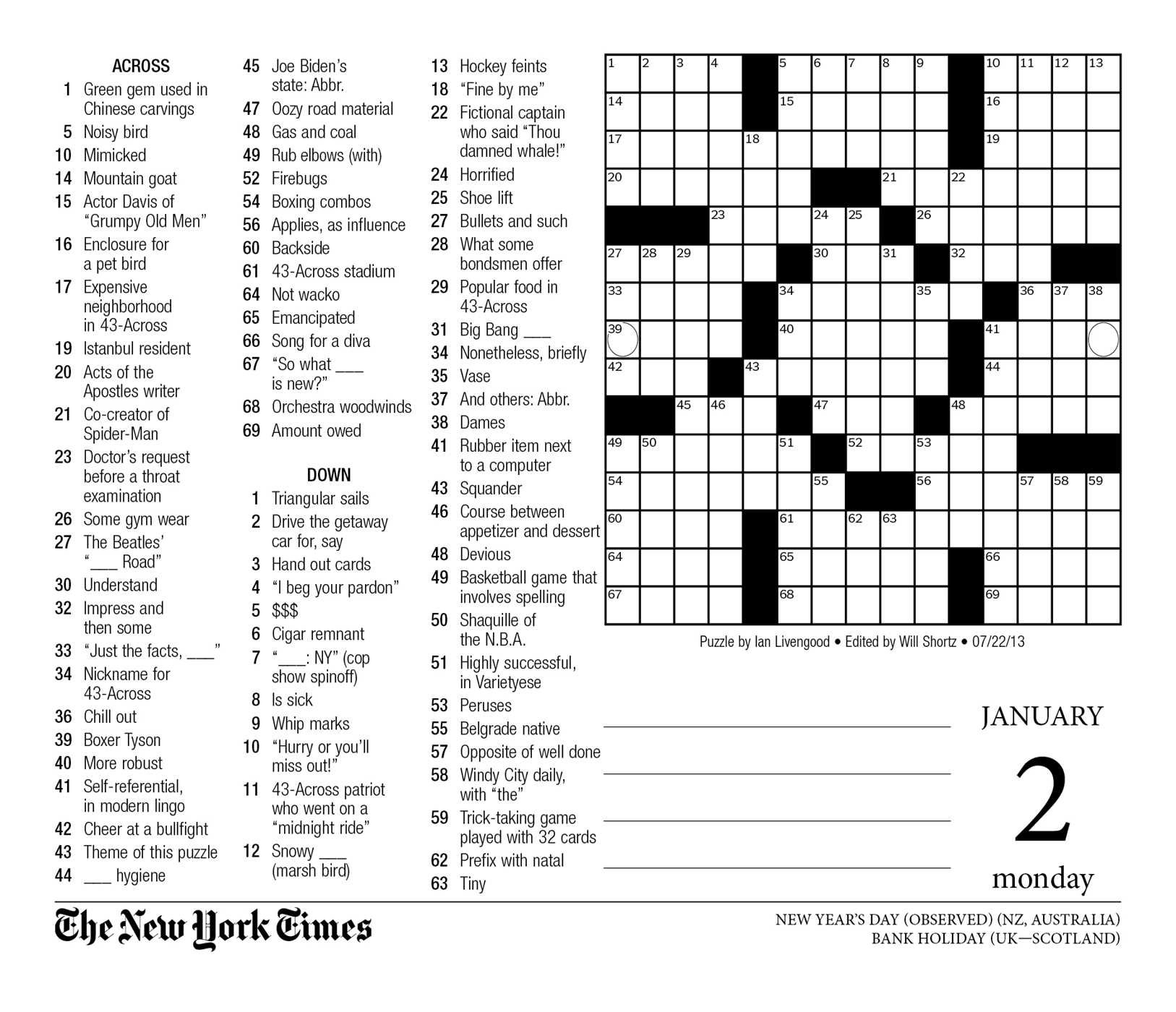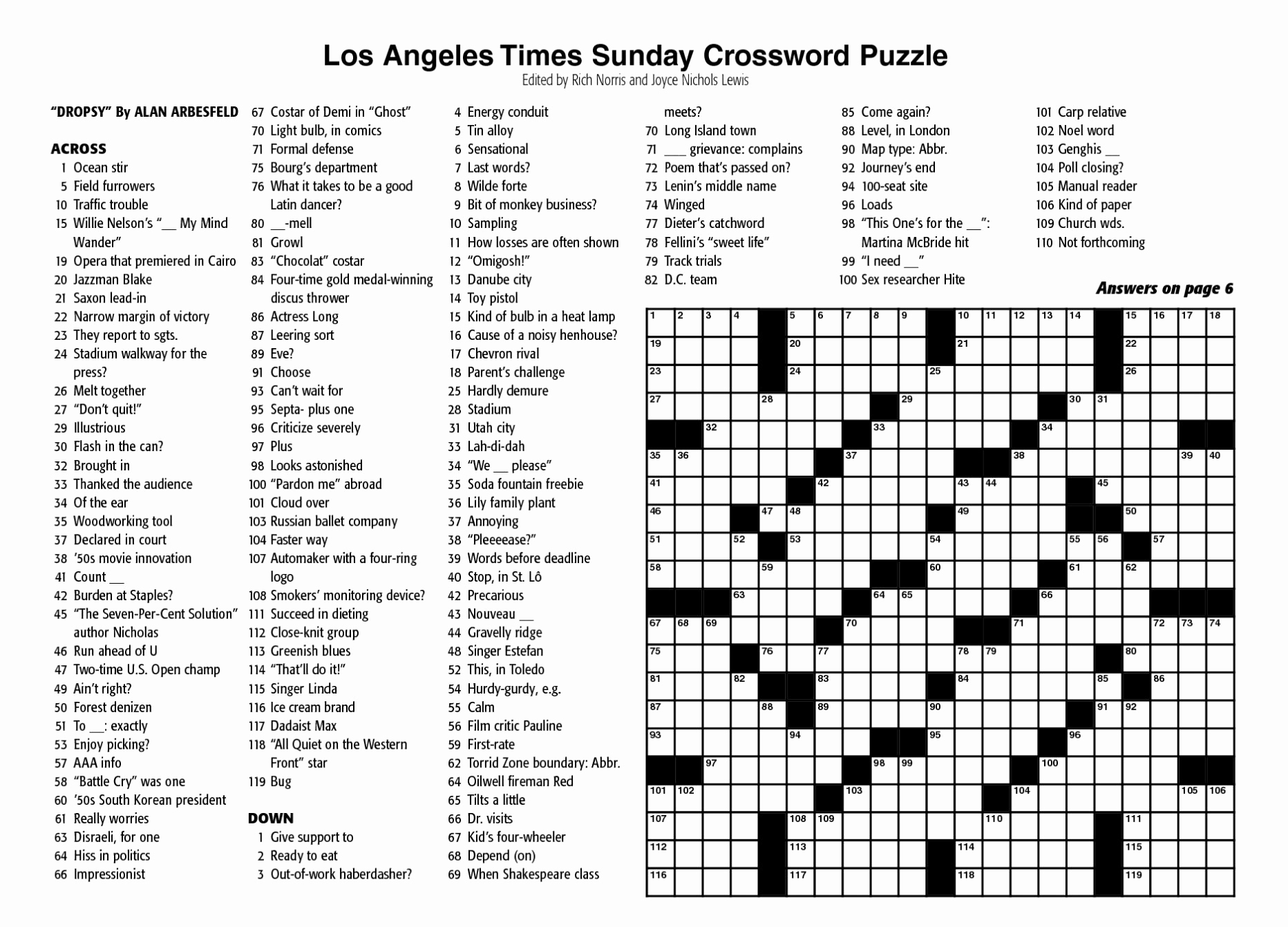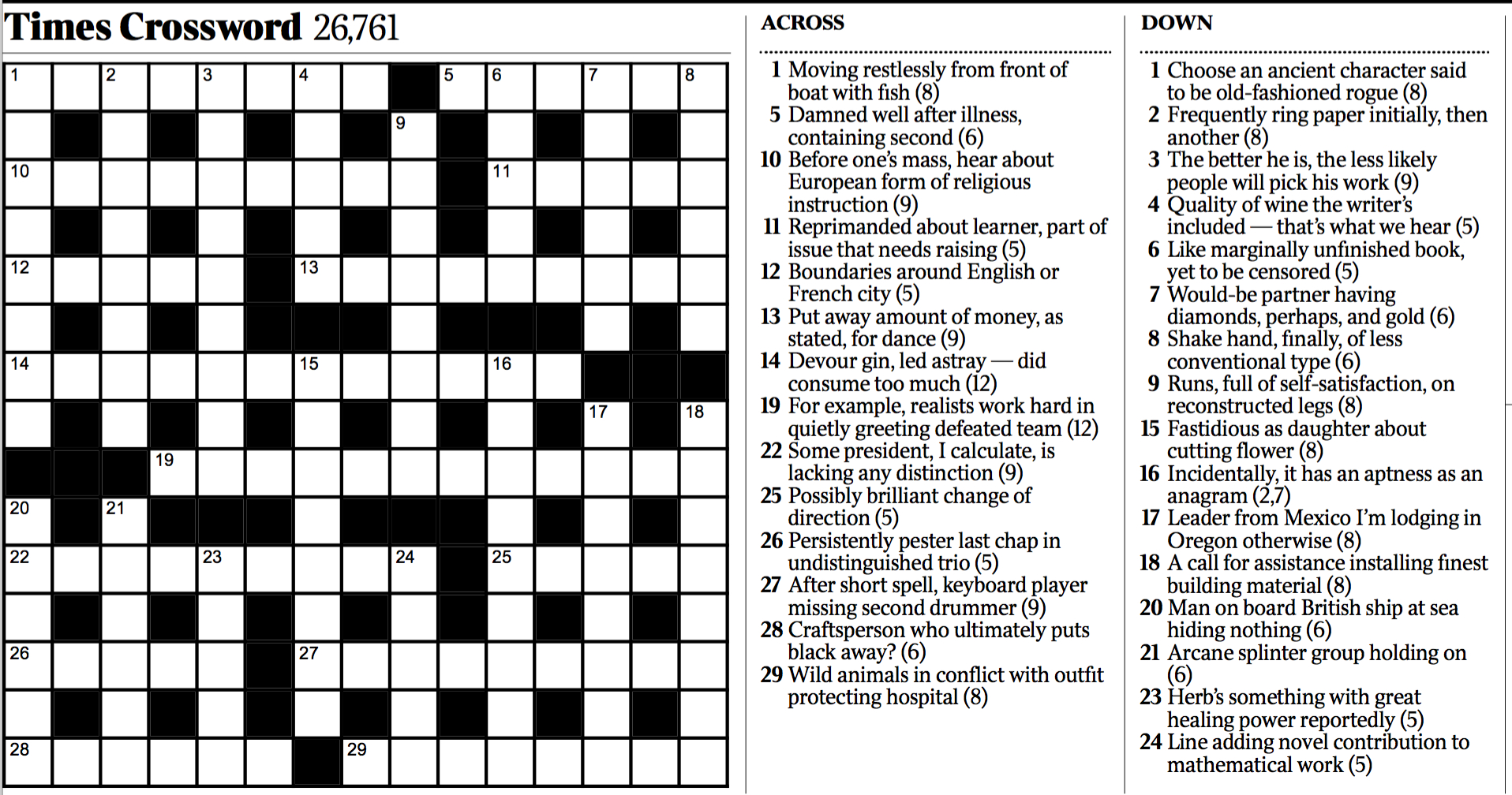X but not y nyt crossword – In the realm of crossword puzzles, the “x but not y” format stands out as a distinctive and captivating challenge in the New York Times (NYT) crossword. This format invites solvers to think outside the box and engage in a playful dance with language.
NYT crossword constructors have masterfully crafted puzzles that feature the “x but not y” format, creating a unique and engaging experience for solvers. These puzzles require solvers to decipher clues that hint at the presence of an “x” element while excluding a “y” element, leading to a satisfying sense of accomplishment upon finding the correct answers.
Definitions

In the context of NYT crosswords, “x” and “y” are two terms used to describe different types of clues.
“X” clues are straightforward definitions of the answer. For example, the clue “A type of tree” might have the answer “OAK”.
“Y” clues, on the other hand, are more cryptic and require more thought to solve. They often use wordplay, puns, or other types of trickery to lead the solver to the answer. For example, the clue “Something you might do to a dog” might have the answer “LEASH”.
Differences
The main difference between “x” and “y” clues is the level of difficulty. “X” clues are generally easier to solve, while “y” clues can be quite challenging. This is because “y” clues often require the solver to think outside the box and use their imagination.
Another difference between “x” and “y” clues is the way they are written. “X” clues are typically written in a straightforward manner, while “y” clues can be quite creative and playful.
Examples

NYT crossword puzzles have featured the “x but not y” format in various ways. Some notable examples include:
NYT Crossword, August 11, 2022
- Clue:“Word before noon or night”
- Answer:“DAY”
In this puzzle, “DAY” is the answer to the clue because it can come before “NOON” or “NIGHT,” but “NOON” and “NIGHT” cannot come before “DAY.”
NYT Crossword, March 26, 2021
- Clue:“Part of a handshake”
- Answer:“FINGER”
In this puzzle, “FINGER” is the answer to the clue because it is part of a handshake, but a handshake is not part of a “FINGER.”
Strategies
Solving “x but not y” NYT crossword puzzles requires a combination of wordplay and logical reasoning. Here are some strategies to help you approach these puzzles effectively:
First, it’s important to identify clues that indicate an “x but not y” format. These clues typically use words like “except,” “excluding,” or “without.” For example, a clue like “A fruit that is not an apple” would indicate that the answer is a fruit other than an apple.
Using Wordplay and Logic
Once you’ve identified the “x but not y” format, you can use wordplay and logic to find the correct answers. Here are some tips:
- Consider the relationship between x and y.What are the similarities and differences between the two concepts? This can help you narrow down the possible answers.
- Think about the context of the clue.What other information is provided in the clue that can help you determine the answer? For example, if the clue mentions a specific category, such as “animals,” then the answer must be an animal.
- Use process of elimination.If you can think of several possible answers, try to eliminate the ones that don’t fit the clue. This can help you narrow down the possibilities.
Variations
In addition to the standard “x but not y” format, there are several variations that appear in NYT crosswords:
One variation is the “x and not y” format, which is similar to the standard format but uses the conjunction “and” instead of “but.” This format typically implies that both x and y are true, but that there is some additional condition that applies to x but not y.
For example, the clue “A fruit that is red and not green” could be answered with “apple.”
“X but not Y” with Additional Conditions
Another variation is the “x but not y, unless z” format, which adds an additional condition that must be met for the clue to be true. For example, the clue “A food that is sweet but not chocolate, unless it’s dark chocolate” could be answered with “caramel.”
If you’re having trouble with your iPhone and need to factory reset it, but it’s locked, don’t worry! There is a way to do it. This article will walk you through the steps on how to factory reset your iPhone even if it’s locked.
“X but not Y” with Negated Conditions
Finally, there is the “x but not y, even though z” format, which adds a negated condition that contradicts the initial statement. For example, the clue “A person who is rich but not famous, even though they’re a celebrity” could be answered with “Bill Gates.”
History
The “x but not y” format has a long and storied history in NYT crosswords. The first known example of the format appeared in the puzzle of October 15, 1942, constructed by Margaret Farrar. The clue was “Letters in ‘frog’ but not in ‘toad'”, and the answer was “R”.
Since then, the “x but not y” format has been used by countless constructors, including some of the most famous names in the crossword world. Will Shortz, the longtime crossword editor of The New York Times, has used the format on several occasions, including in his puzzle of March 15, 2003, which featured the clue “Letters in ‘bar’ but not in ‘bat'” and the answer “A”.
Variations
Over the years, the “x but not y” format has been used in a variety of ways. Some constructors have used it to create simple, straightforward clues, while others have used it to create more complex and challenging puzzles. For example, in his puzzle of January 18, 2015, constructor David Steinberg used the format to create the clue “Letters in ‘train’ but not in ‘plane'” and the answer “R, N”.
Tony Stark and Jack Sparrow are two of the most iconic characters in modern pop culture. While they come from different worlds, both have captured the imaginations of audiences around the globe. If you’re a fan of either character, you’ll want to check out this article from the New York Times that compares and contrasts the two characters.
Cultural Impact
The “x but not y” format in NYT crosswords has had a significant cultural impact, influencing the way people think about language and wordplay.
The format has popularized the concept of “fill-in-the-blank” puzzles, which require solvers to complete a phrase or sentence by filling in a missing word or phrase. This type of puzzle has become a staple of popular culture, appearing in newspapers, magazines, and online platforms.
Influence on Language and Wordplay, X but not y nyt crossword
The “x but not y” format has also influenced the way people think about language and wordplay. The format encourages solvers to think creatively and to explore the nuances of language. It has also helped to popularize the use of puns and other wordplay devices in popular culture.
- Puns:The “x but not y” format often relies on puns to create humorous or clever clues. For example, a clue might read “Something you might wear on your head, but not your feet” (answer: “hat”).
- Wordplay:The format also encourages solvers to think about words in new and creative ways. For example, a clue might read “Something that can be both a noun and a verb” (answer: “run”).
Conclusive Thoughts

The “x but not y” format has become a beloved staple in the NYT crossword, captivating solvers with its clever wordplay and challenging yet rewarding nature. It has not only influenced the way people approach crossword puzzles but has also left a lasting impact on the cultural landscape of word games.
Expert Answers: X But Not Y Nyt Crossword
What is the “x but not y” format in NYT crosswords?
The “x but not y” format is a unique type of NYT crossword puzzle clue that requires solvers to find an answer that includes an “x” element but excludes a “y” element.
How can I identify “x but not y” clues in NYT crosswords?
Look for clues that use phrases like “without,” “excluding,” or “not including” to indicate that an “x but not y” format is in play.
What are some tips for solving “x but not y” NYT crosswords?
Pay close attention to the wording of the clue and try to identify the specific “x” and “y” elements being referenced. Use wordplay and logic to find an answer that meets the criteria.
